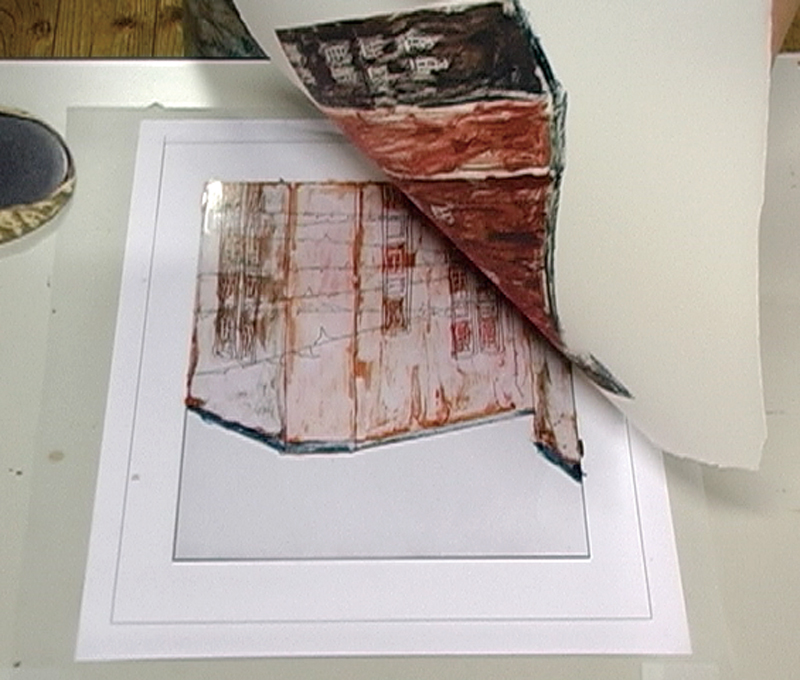Monotype
モノタイプ
Monotype
Monotypes are created by drawing an image directly on a plate with ink or oil paint, placing a piece of paper on top and applying pressure to transfer the image on the plate to the paper. They are also sometimes referred to as monoprints.
“Mono” in monotype comes from the Greek word “monos” meaning “only one”. As this suggests, a major feature of this technique is that only one print can be produced from an image on the plate.
Unlike planographic, intaglio, relief and stencil printing, monotyping does not entail making complex plates and offers freedom in producing designs. The oldest work to incorporate this technique is the 17th century piece by Castiglione of Italy, which has been preserved to this day. Works using the monotype technique have been produced by artists such as William Blake in the 18th century and Degas and Gauguin in the 19th century. Picasso and Matisse in the 20th century and the contemporary artists, Frank Stella and Jasper Johns, are also among the many famous artists to have used this technique, and various artists still use it to produce work today. Because monotypes diverge from the principle of pluralism which is a feature of block printing, there was a time when they were removed from this categorization. This, however, is no longer the case and the technique is used as a means of producing works and pictorial expressions using blocks.
There are several ways of producing monotypes. The most basic method is to draw a diagram directly on a glass, resin (acrylic, PVC) or metal board using an oil-based ink or paint, place a piece of paper on top and then use a baren or other instrument to apply pressure so as to obtain a print. By repeating this process several times, it is possible to produce work overprinted in various colors. The transfer technique is also a form of monotype printing. In this process, ink is spread evenly over a plate with a roller, paper is placed over the top and by drawing a design from the back of the paper, ink is transferred from the plate to the paper. The matière of the ink or paint will depend on the type of the paper used so it is a good idea to try with various types of paper.

